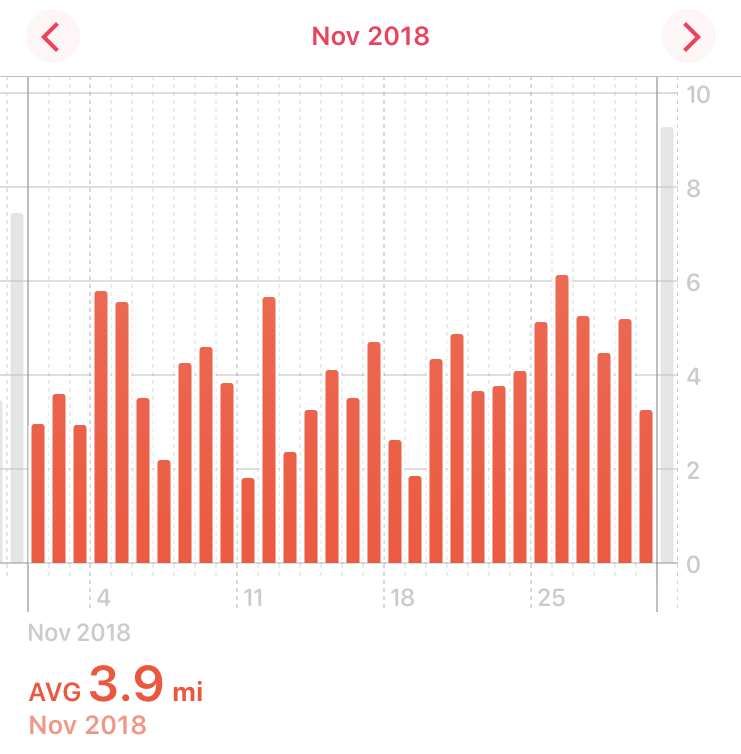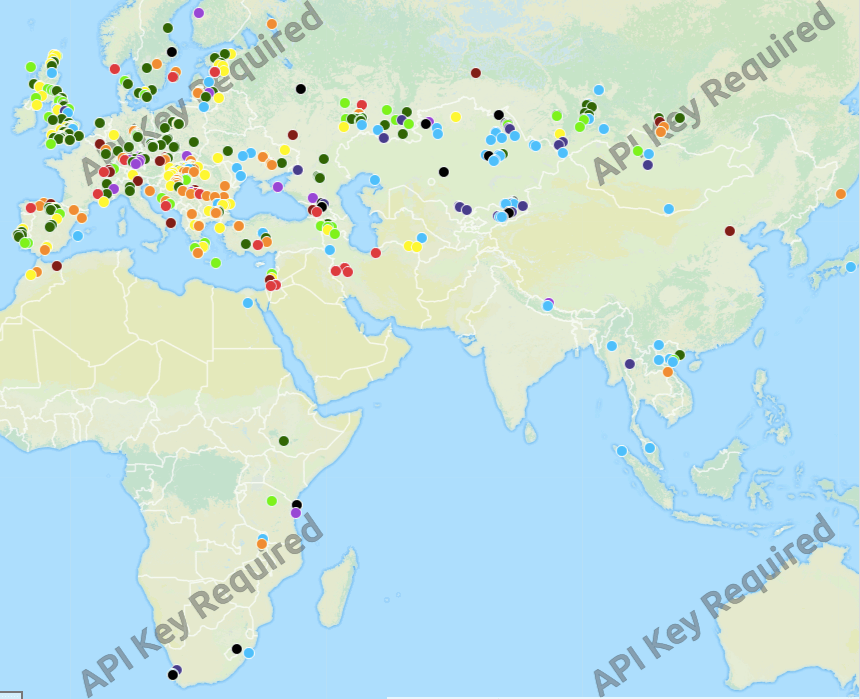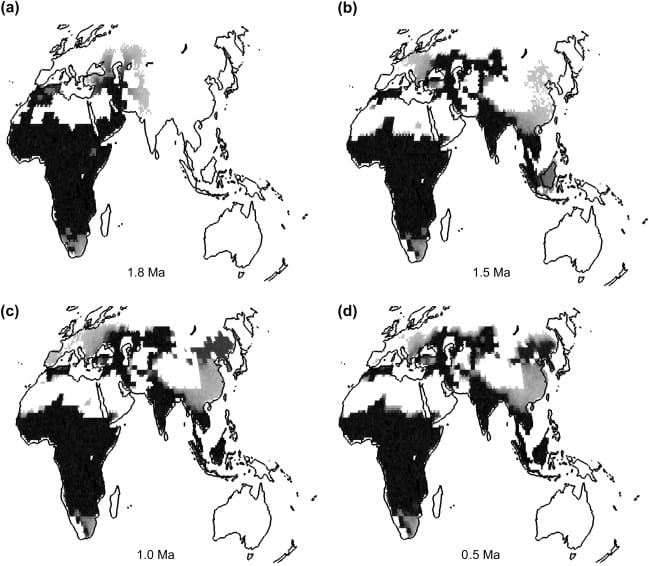The 12-episode series is now a wrap! Thank you to everyone who helped in the process, both as a contributor and as a listener. This post is intended to bring together the whole series into a single, easily sharable post (I’ll also update this periodically, as new items come up).
As a reminder, the focus of this series was on exploring the science of human running. The series covers several major sub-topics within this area, broadly categorized as the anatomy of human bipedal locomotion, human biomechanics of walking/running, human energetics, and the neurobiology of human running. Alongside this research, the series covers aspects of my own experience training for my first marathon (the 2019 Boston Marathon) as part of the charity team running in support of the Museum of Science. If you are interested in supporting the Museum’s traveling education programs, there is still time to donate!
Episode 1 – “You have to walk before you can run” (Jeremy DeSilva)
Jerry and I talk about a whole host of issues related to the evolution of human running, including the early hominin fossil record, the basics of human bipedality, and why bipedality is important for humans beyond just locomotion (and Jerry’s own experience working at the Museum of Science and running the Boston marathon).
Episode 2 – “From our feet up” (Cody Prang)
Cody talks about some of his graduate work relating to the anatomy of the human foot and ankle, in particular, but also more broadly about how we explore changes in human biomechanics throughout the fossil record.
Episode 3 – “Hips don’t lie” (Anna Warrener)
Anna has done amazing work on biomechanical locomotor efficiency in men and women. Her work has argued against a long-held belief in biological anthropology about the “compromised” status of female pelves associated with constraints of childbirth, and the implications of these insights for how we might think about athletic performance in men and women today.
Episode 4 – “Footprints on my heart” (Kevin Hatala)
FOOTPRINTS! FOSSIL HOMININ FOOTPRINTS! MORE THAN A MILLION YEARS OLD!! Do I need to say more?
Episode 5 – “It’s what is on the inside that counts” (Maria Fox)
Maria is a graduate student at the University of Illinois investigating what the skeleton’s internal structures–the trabecular “spongey” bone that is integral to our skeleton’s biomechanical properties–can tell us about the evolution of human locomotion and running.
Episode 6 – “Density and intensity” (Habiba Chirchir)
Habiba Chirchir’s research examines, in a broad comparative perspective, how differences in bone density correspond to different activity patterns, not just in humans or even primates, but more broadly among mammals (and in the fossil record!).
Episode 7 – “A bad day for Peter Cottontail” (Adam Foster)
Adam and I cover a lot of different ground in this conversation, including the importance of development on shaping human anatomy and human locomotion (and rabbits).
Episode 8 – “Baby it’s cold outside” (Cara Ocobock)
In our conversation, Cara talks about the various ways she has investigated human energetics and locomotion, including how the temperature environment shapes human energy expenditure.
Episode 9 – “I was gonna go for a run, but then I got high” (David Raichlen)
David is another researcher whose body of work has covered a whole bunch of topics relevant for understanding the evolution of human running. Much of our talk in this episode focuses on aspects of the neurobiology, including the “runner’s high” phenomena in humans, and its relevance for thinking about the evolutionary scenarios shaping human running.
Episode 10 – “The rat race” (Natasha Mazumdar)
Natasha is another graduate student, and she share’s her research on the expression of genetic systems associated with the neurological response to running. Natasha also shares some of her perspective as an ultra-runner.
Episode 11 – “Energy schmenergy” (Herman Pontzer)
Herman has investigated the biomechanics of hominin locomotion, and particularly the energetics of human movement. His research has shifted towards theorizing how organisms establish energetic budgets in the context of varying physical activity patterns.
Episode 12 – “The end of the road” (Adam Van Arsdale)
In the final episode, I turn the mic over to Jerry DeSilva, and he interviews me about my experience running (and finishing) the Boston marathon, as well as the process of putting together this podcast, and public science more broadly.
Thank you for listening! Keep an eye on this site for future updates. And MANY MANY THANKS to all of you who have supported my fundraising effort!
The whole podcast can be found and downloaded via soundcloud here!

















